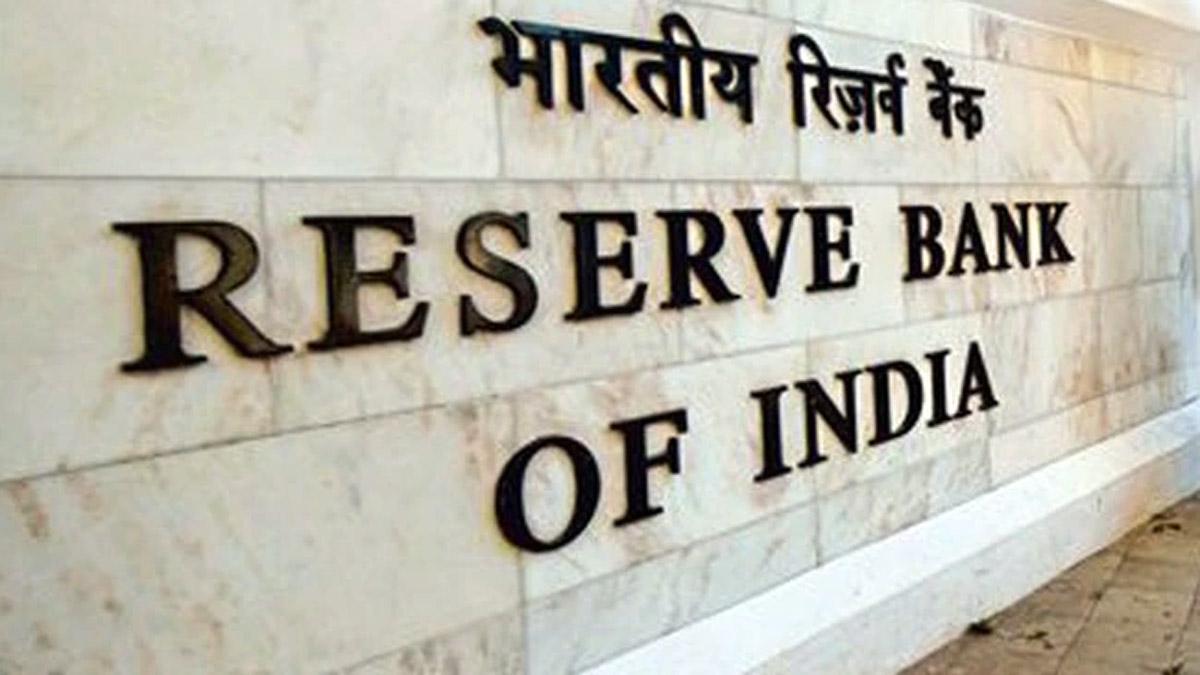New Delhi: The Reserve Bank of India move to start “Vostro account” to facilitate global trade in rupee is an initiative towards internationalising the Indian currency in the long run, as well as to ease India’s trade with Russia in the short run. According to policy analysts, India, which conducts around 2% of its foreign trade in rupee, could slowly increase it to 12-20% by 2027.
The move is a step to increase the importance of the Indian currency in the global market. To put things in perspective, after the back-to-back global calamities of Covid-19 and the Russia-Ukraine war, causing “turbulence” in markets, each country in the matrix of “world trade” has been forced to re-think their economic policy. India just pitched its own currency, for it to be considered for trade while the countries go for re-thinking.
As India is headed to get away from the dollar, though partly, the head of the Department Economy in Lucknow University, Manoj Kumar Aggarwal said, “For now, there may not be any resistance from America, as there are less chances that trade in rupee will jump unexpectedly, but in case of growing trade in rupee, it could stir the American and European governments.”
While trade with Russia in rupee has started, its benefits are widespread. Firstly, it will help reduce pressure on India’s foreign exchange reserve. Secondly, it would signal to countries that they could actually bypass the dollar to trade with India.
Analysts say that Russia being a large economy, growing trade with it in rupee can function as a stimulus for other big countries to trade in the rupee, which would eventually drum up the value of the Indian currency over a period of time.
Third, it will reduce pressure on the Indian government—leading it to devise independent trade-related policies.
Fourth, it would help the Indian currency to remain stable in the long run. Currently, most of India’s foreign trade is conducted in dollar and euro, with 86% in dollars and around 8% in euros.
Talking to The Sunday Guardian, Chief Economist of Barclays Investment Bank, Rahul Bajoria, said, “Yes, in principle, it is possible that all the trade with Russia and Iran can be done through Vostro account or with any country that is willing to trade in the rupee. This is a positive move for India. It’s a cost-saving process, because with time, the demand for the dollar will go down.”
Bajoria further thinks that there are larger benefits of introducing the rupee on the international front. “The move might not have such a big near-term impact, but it will consequently have a bigger impact in the medium term,” he said, adding, “neighbouring countries are in a better position to use it, but that’s a fraction of what our overall trade numbers are like.”
Currently, countries like Nepal, Bhutan and Russia are trading in rupees. India’s trade with Russia amounted to $13.1 billion in the fiscal 2021-22. Speculation is that in the coming time, trade through rupee could also be re-accepted by the Gulf countries for bilateral trade, as was accepted in the 1960s by the UAE, Qatar, Kuwait and Oman. Talks with them to trade in rupee have started, apparently.
Furthermore, for developing countries, strained by surging dollar prices, switching to the Indian rupee would make their currencies stronger against the dollar by trading with India. Experts say, India now has to offer itself as an exporter and increase its capacity to clench the growing needs of developing countries.
Macro-economist and equity research analyst, Madhvendra, said, “It is natural that many countries in the Middle East would want to trade in the Indian currency when they find the Indian rupee easier to transact with and more profitable than the dollar.”
After the Russia-Ukraine war started, Egypt, the largest importer of Ukraine’s wheat, looked at India to fulfil its commodity needs. It is worthy to mention that Ukraine was known as the bread-basket of Europe, due to its capacity of being a top producer of sunflower meal and oil.
Consequently, there were more requests from additional 12 countries, including Turkey, seeking their commodity needs to be fulfilled by India.
Delhi University economics professor, Dr Lallan Prasad said, “Wheat and rice and many edible items are in demand currently and most of the Gulf countries depend on Indian exports. Those countries could be convinced to trade in rupee.”
“If the government further wants to promote this kind of export through rupee, traders would probably be given incentives to amplify transaction in rupee,” he said. Prasad added, “Defence production has increased in India. And defence exports have increased manifold. We are now on the threshold of exporting many defence products. If we tap this market through rupee payment, it can benefit a lot of Asian and Africa countries, along with India. They can be our clients who could trade in rupee.”
India’s defence exports grew by more than 400% from Rs 2,059 crore in 2015-16 to Rs 9,115 crore in 2019-20. According to latest reports, India has been able to reach a record number of Rs 13,000 crore in defence export during FY 2021-22.
‘RBI’s Vostro account will have long-term benefits’
- Advertisement -

